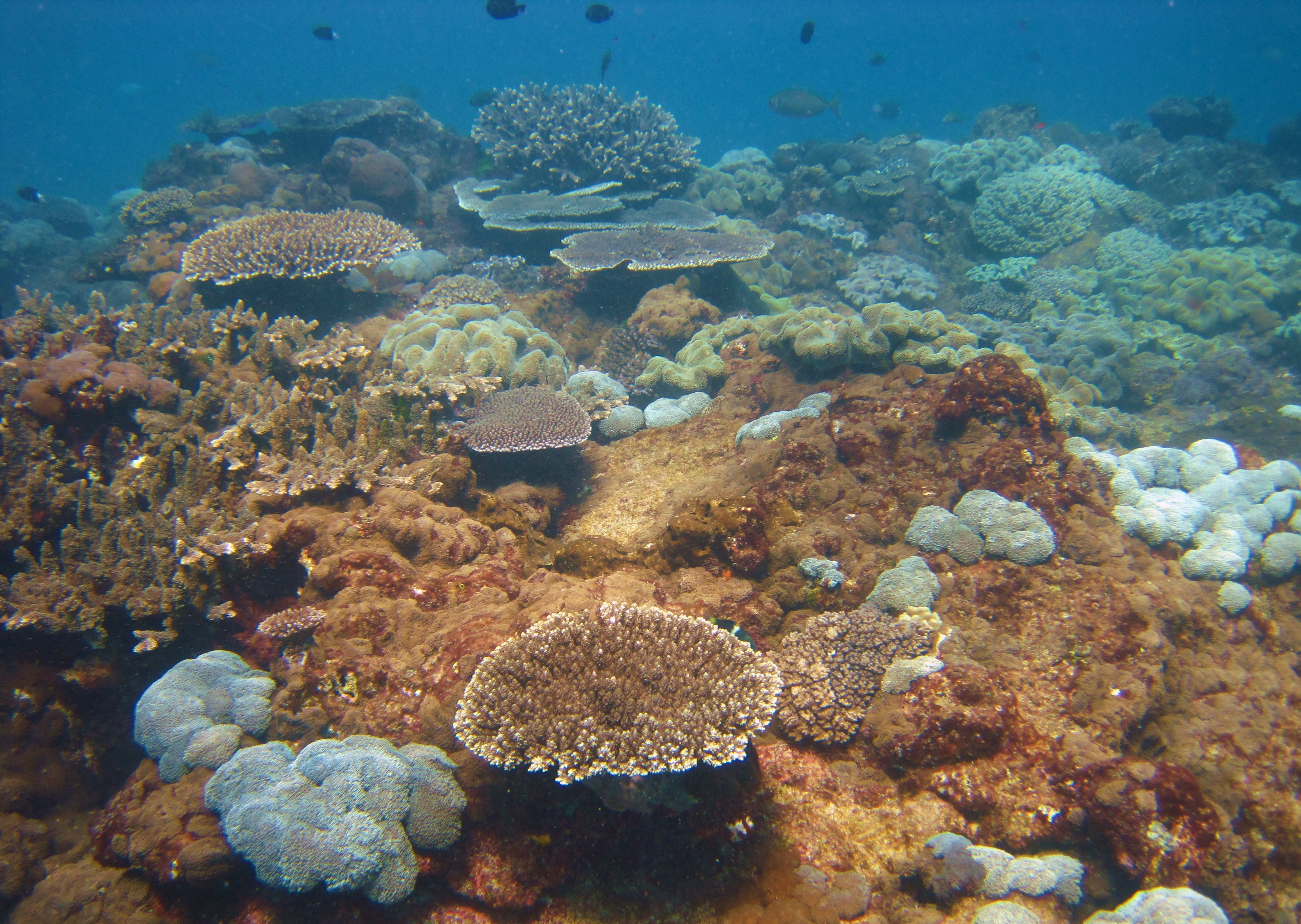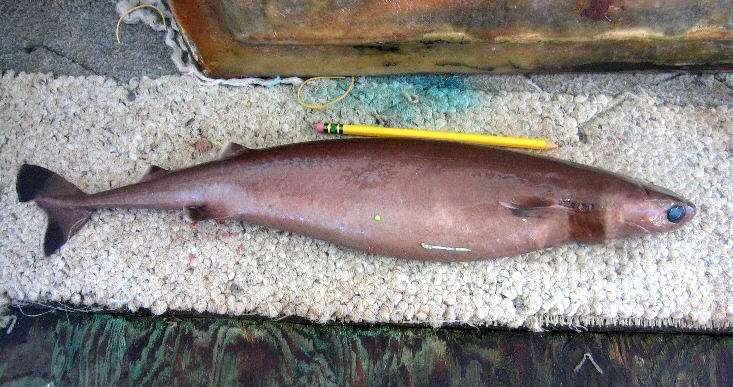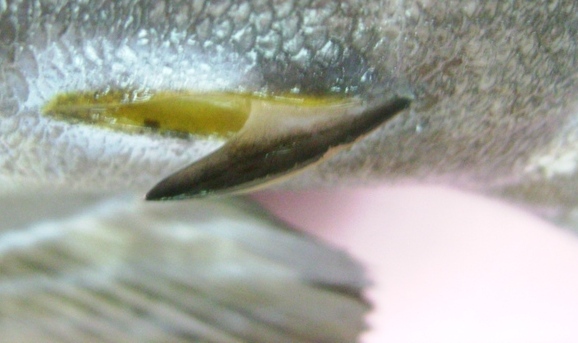|
Flinders Reef
Flinders Reef is a small isolated reef near Moreton Island, north-east of Cape Moreton in South East Queensland, Australia. It has the highest number of coral species of any subtropical reef system along Australia's east coast and is the nearest true coral reef to Brisbane. Flinders Reef is one of South East Queensland's most popular dive sites. The reef is located within the Moreton Bay Marine Park and is monitored by the Reef Check conservation program. The reef is located within the Tweed–Moreton marine biogeographic region. There is a second Flinders Reef in the Coral Sea north-east of Townsville. A weather station there is monitored by the Australian Government. A third Flinders Reef exists offshore from the town of 1770. Fauna The reef has more than 175 fish species. There are more species and varieties of corals in this one area than any other single reef on the Great Barrier Reef. The diverse amount of marine life include schools of wrasse, sweetlip, trevall ... [...More Info...] [...Related Items...] OR: [Wikipedia] [Google] [Baidu] |
Flinders Reefscape
Flinders may refer to: Places Antarctica * Flinders Peak, near the west coast of the Antarctic Peninsula Australia New South Wales * Flinders County, New South Wales * Shellharbour Junction railway station, Shellharbour * Flinders, New South Wales, a suburb of Shellharbour Queensland * Electoral district of Flinders (Queensland), former state electoral district * Flinders Highway, Queensland * Flinders Island (Queensland), part of the Great Barrier Reef Marine Park * Flinders Reef * Flinders River * Flinders View, Queensland, a suburb of Ipswich * Shire of Flinders (Queensland), a Local Government Area located in north western Queensland South Australia * County of Flinders, a cadastral unit * Electoral district of Flinders, a state electoral district * Flinders, South Australia, former name of the town of Streaky Bay. * Flinders Highway, South Australia * Flinders Island (South Australia), in the Investigator Group * Flinders Medical Centre, the hospital associated with th ... [...More Info...] [...Related Items...] OR: [Wikipedia] [Google] [Baidu] |
Wrasse
The wrasses are a family, Labridae, of marine fish, many of which are brightly colored. The family is large and diverse, with over 600 species in 81 genera, which are divided into 9 subgroups or tribes. They are typically small, most of them less than long, although the largest, the humphead wrasse, can measure up to . They are efficient carnivores, feeding on a wide range of small invertebrates. Many smaller wrasses follow the feeding trails of larger fish, picking up invertebrates disturbed by their passing. Juveniles of some representatives of the genera ''Bodianus'', ''Epibulus'', ''Cirrhilabrus'', ''Oxycheilinus'', and ''Paracheilinus'' hide among the tentacles of the free-living mushroom corals & ''Heliofungia actiniformis''. The word "wrasse" comes from the Cornish word ''wragh'', a lenited form of ''gwragh'', meaning an old woman or hag, via Cornish dialect ''wrath''. It is related to the Welsh ''gwrach'' and Breton ''gwrac'h''. Distribution Most wrasses inhabit the ... [...More Info...] [...Related Items...] OR: [Wikipedia] [Google] [Baidu] |
Sixgill Stingray
The sixgill stingray (''Hexatrygon bickelli'') is a species of stingray and the only extant member of the family Hexatrygonidae. Although several species of sixgill stingrays have been described historically, they may represent variations in a single, widespread species. This flabby, heavy-bodied fish, described only in 1980, is unique among rays in having six pairs of gill slits rather than five. Growing up to long, it has a rounded pectoral fin disc and a long, triangular, and flexible snout filled with a gelatinous substance. It is brownish above and white below, and lacks dermal denticles. Benthic in nature, the sixgill stingray is usually found over upper continental slopes and seamounts at depths of . It has been recorded from scattered locations in the Indo-Pacific from South Africa to Hawaii. This species probably uses its snout to probe for food in the bottom sediment. Its jaws are greatly protrusible, allowing it to capture buried prey. The sixgill stingray give ... [...More Info...] [...Related Items...] OR: [Wikipedia] [Google] [Baidu] |
Girella Cyanea
''Girella cyanea'', also known as the blue drummer or Australian bluefish, is a species of sea chub native to inshore waters, around depth, from Australia to New Zealand and the Kermadec Islands. Sightings were first recorded in 1881 but the species made its debut in scientific publications in 1919 in Theodore Roughly's'' Fishes of Australia and Their Technology''. Description ''Girella cyanea'' can be recognized by its blue coloration and yellow spots, with its blueish color becoming a greyish-green in post mortem. The adults of this species are they can attain a length of 76cm and their bright flank spots are distinctive. When they are younger they are greeny-grey in colour and the spots are paler yellow. These fish have a small beak-like mouth and they have large scales. Sea chubs are easily recognized by distinct morphological characteristics such as their ovate-shaped bodies, small mouths, and weakly-forked strong caudal fin. A key characteristic also being a spinous dorsa ... [...More Info...] [...Related Items...] OR: [Wikipedia] [Google] [Baidu] |
Humpback Whales
The humpback whale (''Megaptera novaeangliae'') is a species of baleen whale. It is a rorqual (a member of the family Balaenopteridae) and is the only species in the genus ''Megaptera''. Adults range in length from and weigh up to . The humpback has a distinctive body shape, with long pectoral fins and tubercles on its head. It is known for breaching and other distinctive surface behaviors, making it popular with whale watchers. Males produce a complex song typically lasting 4 to 33 minutes. Found in oceans and seas around the world, humpback whales typically migrate up to each year. They feed in polar waters and migrate to tropical or subtropical waters to breed and give birth. Their diet consists mostly of krill and small fish, and they use bubbles to catch prey. They are promiscuous breeders, with both sexes having multiple partners. Orcas are the main natural predators of humpback whales. Like other large whales, the humpback was a target for the whaling industry. ... [...More Info...] [...Related Items...] OR: [Wikipedia] [Google] [Baidu] |
Carcharhiniformes
Carcharhiniformes , the ground sharks, are the largest order of sharks, with over 270 species. They include a number of common types, such as catsharks, swellsharks, and the sandbar shark. Members of this order are characterized by the presence of a nictitating membrane over the eye, two dorsal fins, an anal fin, and five gill slits. The families in the order Carcharhiniformes are expected to be revised; recent DNA studies show that some of the conventional groups are not monophyletic. The oldest members of the order appeared during the Middle-Late Jurassic, which have teeth and bodyforms that are morphologically similar to living catsharks. Carchariniformes first underwent major diversification during the Late Cretaceous, initially as small-sized forms, before radiating into medium and large body sizes during the Cenozoic. Families According to FishBase, the nine families of ground sharks are: [...More Info...] [...Related Items...] OR: [Wikipedia] [Google] [Baidu] |
Leopard Shark
The leopard shark (''Triakis semifasciata'') is a species of houndshark, in the family Triakidae. It is found along the Pacific coast of North America, from the U.S. state of Oregon to Mazatlán in Mexico. Typically measuring 1.2–1.5 m (3.9–4.9 ft) long, this slender-bodied shark is immediately identifiable by the striking pattern of black saddle-like markings and large spots over its back, from which it derives its common name. Large schools of leopard sharks are a common sight in bays and estuaries, swimming over sandy or muddy flats or rock-strewn areas near kelp beds and reefs. They are most common near the coast, in water less than 4 m (13 ft) deep. Active-swimming predators, groups of leopard sharks often follow the tide onto intertidal mudflats to forage for food, mainly clams, spoon worms, crabs, shrimp, bony fish, and fish eggs. Most leopard sharks tend to remain within a particular area rather than undertaking long movements elsewhere, which has led ... [...More Info...] [...Related Items...] OR: [Wikipedia] [Google] [Baidu] |
Wobbegong
The wobbegong is the common name given to the 12 species of carpet sharks in the family Orectolobidae. They are found in shallow temperate and tropical waters of the western Pacific Ocean and eastern Indian Ocean, chiefly around Australia and Indonesia, although one species (the Japanese wobbegong, ''Orectolobus japonicus'') occurs as far north as Japan. The word ''wobbegong'' is believed to come from an Australian Aboriginal language, meaning "shaggy beard", referring to the growths around the mouth of the shark of the western Pacific. Description Wobbegongs are bottom-dwelling sharks, spending much of their time resting on the sea floor. Most species have a maximum length of , but the largest, the spotted wobbegong, ''Orectolobus maculatus'', and banded wobbegong, ''O. halei'', reach about in length. Wobbegongs are well camouflaged with a symmetrical pattern of bold markings which resembles a carpet. Because of this striking pattern, wobbegongs and their close relatives a ... [...More Info...] [...Related Items...] OR: [Wikipedia] [Google] [Baidu] |
Manta Ray
Manta rays are large rays belonging to the genus ''Mobula'' (formerly its own genus ''Manta''). The larger species, '' M. birostris'', reaches in width, while the smaller, '' M. alfredi'', reaches . Both have triangular Pectoral fin#AnchPectoral, pectoral fins, horn-shaped cephalic fins and large, forward-facing mouths. They are classified among the Myliobatiformes (stingrays and relatives) and are placed in the Family (biology), family Myliobatidae (eagle rays). They have the largest brains and brain to body ratio of all fish, and can pass the mirror test. Mantas are found in warm temperate, subtropical and tropical waters. Both species are Pelagic fish, pelagic; ''M. birostris'' Animal migration, migrates across open oceans, singly or in groups, while ''M. alfredi'' tends to be resident and coastal. They are filter feeders and eat large quantities of zooplankton, which they gather with their open mouths as they swim. However, research suggests that the majority of their die ... [...More Info...] [...Related Items...] OR: [Wikipedia] [Google] [Baidu] |
Tropical Fish
Tropical fish are generally those fish found in aquatic tropical environments around the world. Fishkeepers often keep tropical fish in freshwater and saltwater aquariums. The term "tropical fish" is not a taxonomic group, but rather is a general term for fish found in such environments, particularly those kept in aquariums. Aquarium fish Tropical fish is a term commonly used to refer to fish that are kept in heated aquariums. Freshwater tropical fish are more commonly kept than saltwater tropical fish due to the common availability of fresh water sources, such as tap water, whereas salt water is not commonly available and has to be recreated by using fresh water with sea salt additions. Salt water has to be monitored to maintain the correct salinity because of the effects of evaporation. Freshwater tropical aquariums can be maintained by simply topping up with fresh water. Tropical fish are popular choices for aquariums due to their often bright coloration, which typically ... [...More Info...] [...Related Items...] OR: [Wikipedia] [Google] [Baidu] |
Turtle
Turtles are an order of reptiles known as Testudines, characterized by a special shell developed mainly from their ribs. Modern turtles are divided into two major groups, the Pleurodira (side necked turtles) and Cryptodira (hidden necked turtles), which differ in the way the head retracts. There are 360 living and recently extinct species of turtles, including land-dwelling tortoises and freshwater terrapins. They are found on most continents, some islands and, in the case of sea turtles, much of the ocean. Like other amniotes (reptiles, birds, and mammals) they breathe air and do not lay eggs underwater, although many species live in or around water. Turtle shells are made mostly of bone; the upper part is the domed carapace, while the underside is the flatter plastron or belly-plate. Its outer surface is covered in scales made of keratin, the material of hair, horns, and claws. The carapace bones develop from ribs that grow sideways and develop into broad flat plates th ... [...More Info...] [...Related Items...] OR: [Wikipedia] [Google] [Baidu] |
Acanthuridae
Acanthuridae are the family of surgeonfishes, tangs, and unicornfishes. The family includes about 86 extant species of marine fish living in tropical seas, usually around coral reefs. Many of the species are brightly colored and popular in aquaria. Morphology The distinctive characteristic of the family is that they have scalpel-like modified scales, one or more on either side of the peduncle of the tail. The spines are dangerously sharp and may seriously injure anyone who carelessly handles such a fish. The dorsal, anal, and caudal fins are large, extending for most of the length of the body. The mouths are small and have a single row of teeth adapted to grazing on algae. Surgeonfishes sometimes feed as solitary individuals, but they often travel and feed in schools. Feeding in schools may be a mechanism for overwhelming the highly aggressive defense responses of small territorial damselfishes that vigorously guard small patches of algae on coral reefs. Most species are ... [...More Info...] [...Related Items...] OR: [Wikipedia] [Google] [Baidu] |








